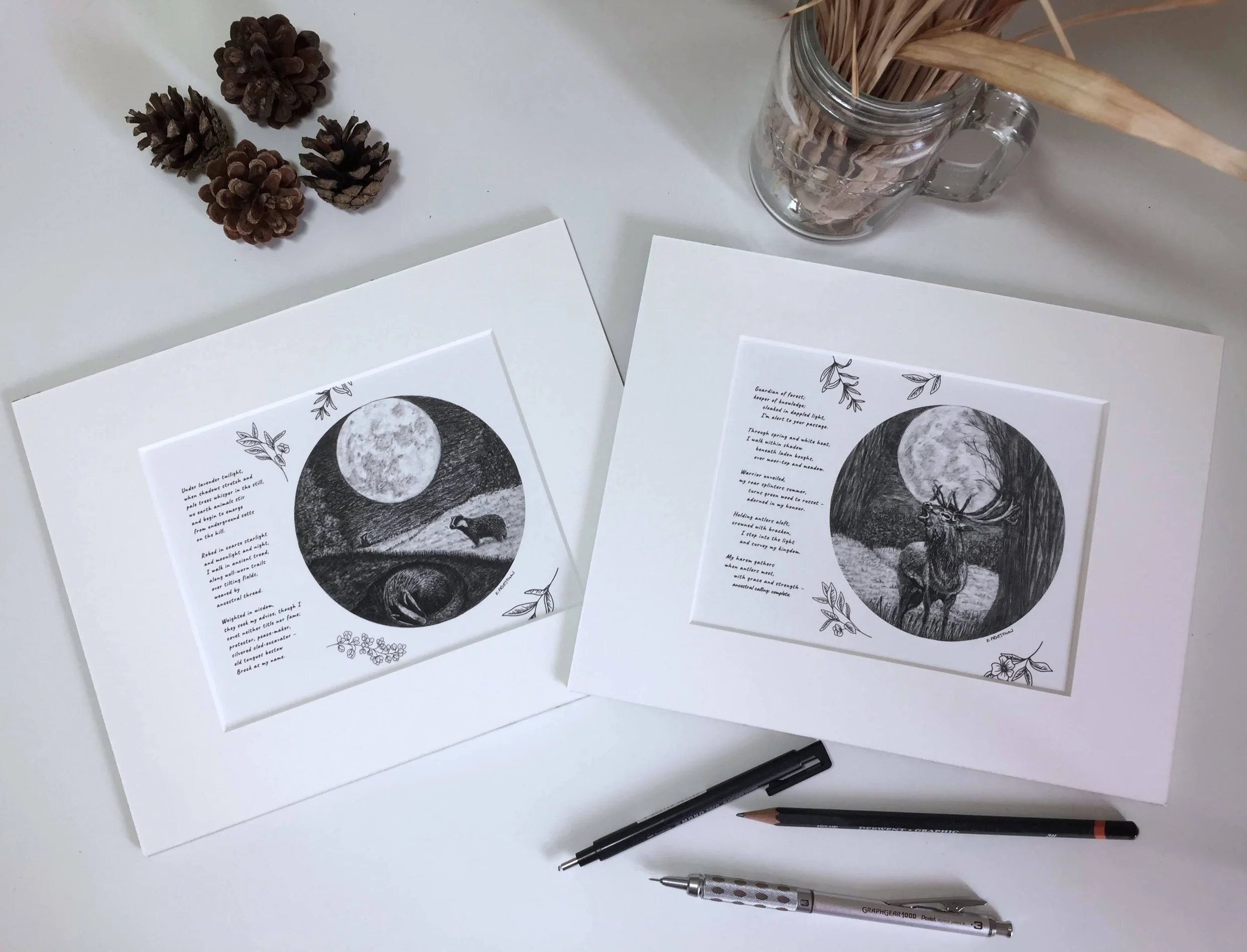Five top tips for working as a freelance artist
Following on from my last blog post, which introduced my experience of working as a freelance graphite artist, in this post I share my five top tips for working as a freelance artist, for those considering taking the plunge:
Tip 1 – Research
Before you decide to hand in your notice, take the time to research as much as you can about what’s involved in working for yourself:
how will you structure it? (will you work as a sole trader for example or set up a limited company?);
look at the amount of money that you need to cover your outgoings each month and how you propose to achieve this;
look at whether you need to have a contingency fund in place to see you over leaner times or maintain some level of employment; and
work out a timeline of progress and income, and regular points to revisit, update and adjust this (I undertake a thorough update at the end of each month so that I am always clear on the current status of things).
These are just some of the areas to research up front.
Tip 2 – Business Model
Take the time to work out an initial business model. This is an opportunity to get clear on the fundamentals – clarify areas such as:
the type of art you want to focus on in terms of subject matter/medium;
how you will reach customers and sell your art (e.g. online, art galleries, fairs and markets);
whether you will sell prints as well as originals (if applicable);
whether you are interested in licensing your artwork;
whether you want to accept commissions; and
whether you are interested in teaching and how you will do that (online or in person).
The things you decide at this stage aren’t set in stone and are bound to change as you go along, but it’s a good idea to have a coherent base from which to start.
Tip 3 – Pricing
It’s a good idea to carefully consider your pricing. Shops and art galleries, for example, will take a commission so you need to factor this in:
how much do you need to earn each month to cover your outgoings?
how will you achieve this in terms of an hourly rate for commissions, pricing your artwork, etc., how does this fare alongside comparable offerings from other artists and does all of this add up to be viable?
Pricing should take account of your time to liaise with customers, cost of materials, your time working on the piece, time taken to package and send out your artwork – basically any costs that are involved in you running your business.
Tip 4 – Building an Identity
This may be an area that is worth spending time thinking about before you launch yourself into the big wide world. A few factors to consider:
what are you about? (e.g. does your artwork have a particular focus?)
what do you hope to achieve with your art?
how do you want people to perceive your work?
how will you visually present yourself to customers? A lot of customer introduction and interaction occurs online these days, so you will likely need to acquire a number of additional skills such as taking photographs of your artwork – what will these things look like and how will they represent you?
will you need a website or an online shop and how do you want this to feel and look? (e.g. modern and sleek or perhaps cosy and whimsical)
do you need a logo to represent your artwork? …
I have to admit that a lot of the points above are things that I have thought about as time has gone on, but in hindsight it would have been great to have figured some of these out from the off.
Tip 5 – Connections
Working for yourself can be lonely at times, especially if you are used to working alongside other people. The good news is that there are plenty of artists and makers around who have been in or are in your position and are more than willing to share their advice and experience. Look for groups in your local area, local galleries and shops, and utilise online platforms too when looking to connect with like-minded people.
In conclusion
The final point to make, and perhaps the most important, is that the majority of the tips above are things that I have thought about and developed with hindsight. I only had a relatively vague idea of how I was going to pay the bills when I quit my job and the rest I have had to learn along the way. At times this has been a painful process and it has certainly evolved considerably over the years and no doubt will continue to evolve. Therefore, my parting words would be that the best way to work out how to survive as a freelancer is to do it – there’s no better way to learn than experiencing it first hand.
I hope that my five top tips for working as a freelance artist have been useful. I continue the freelance theme in my next blog post where I consider the importance of inspiration for a freelance artist.

